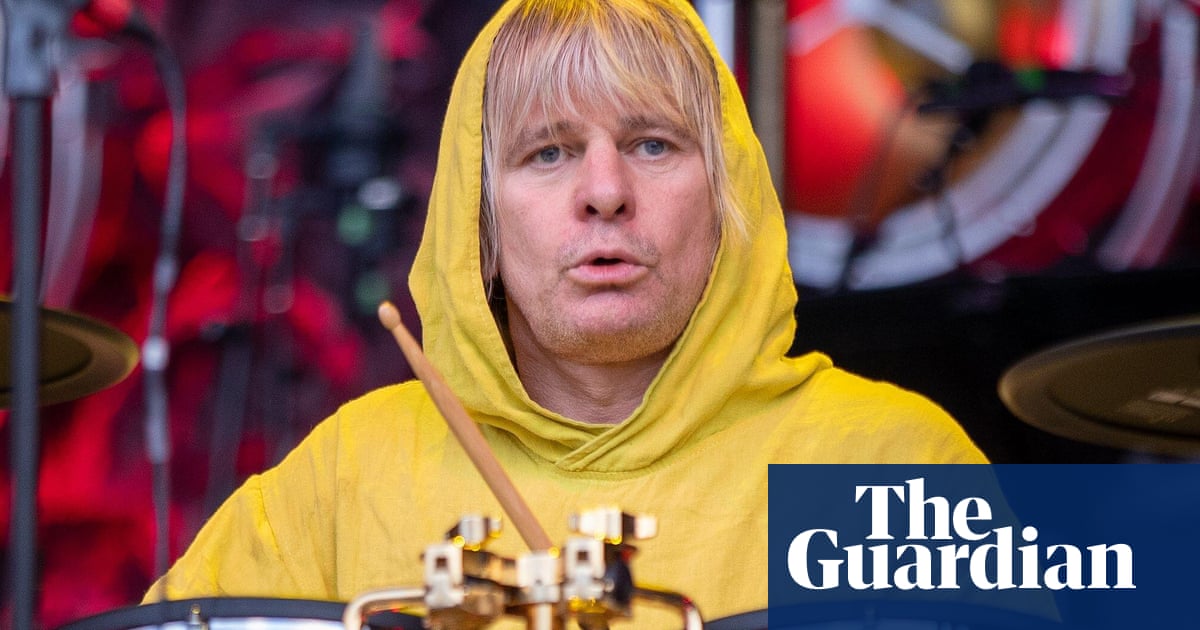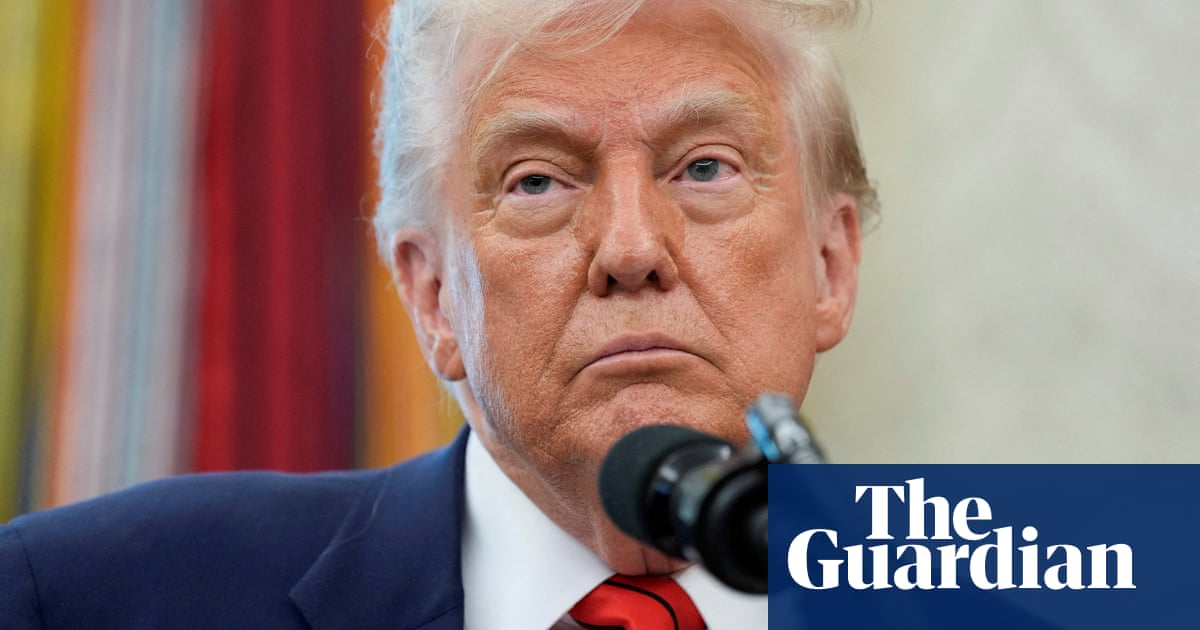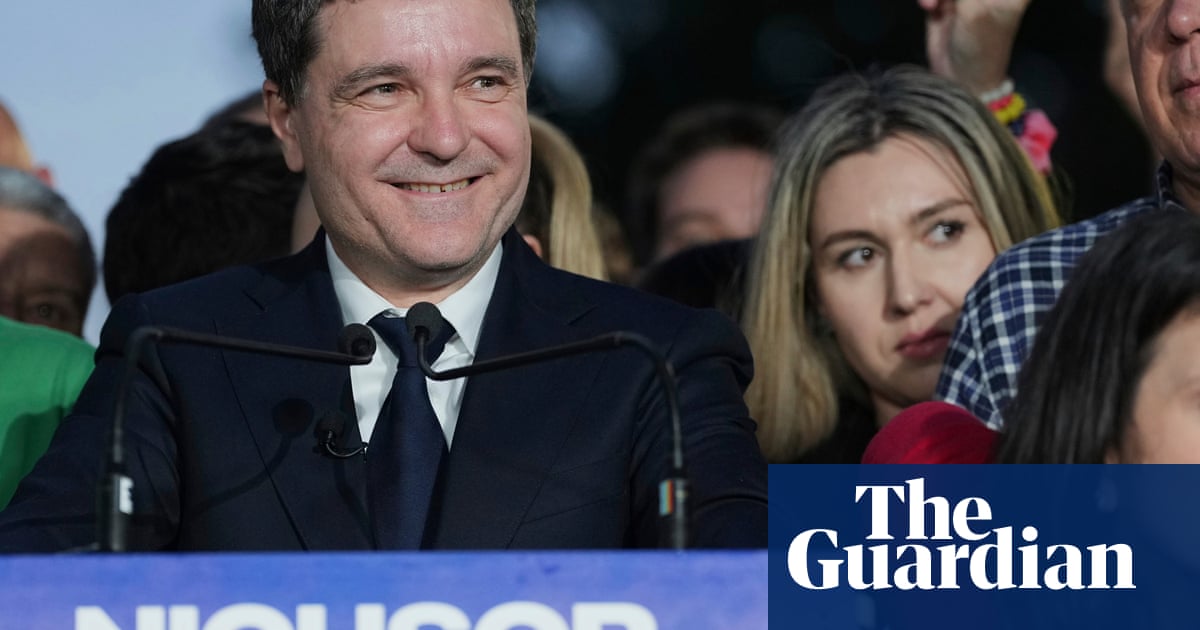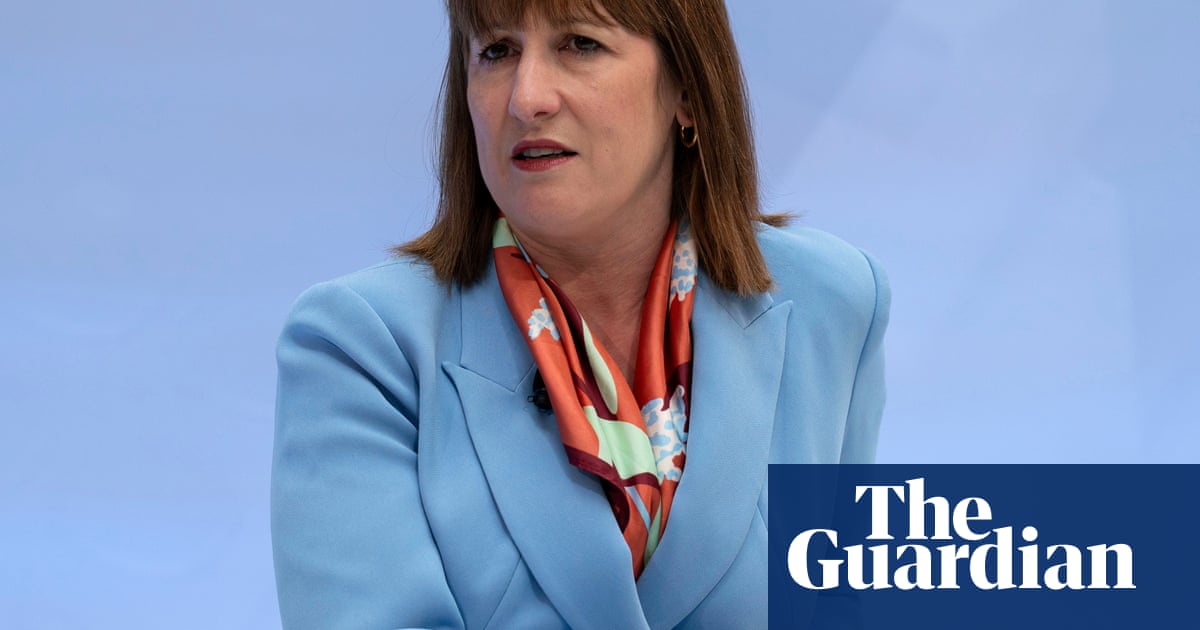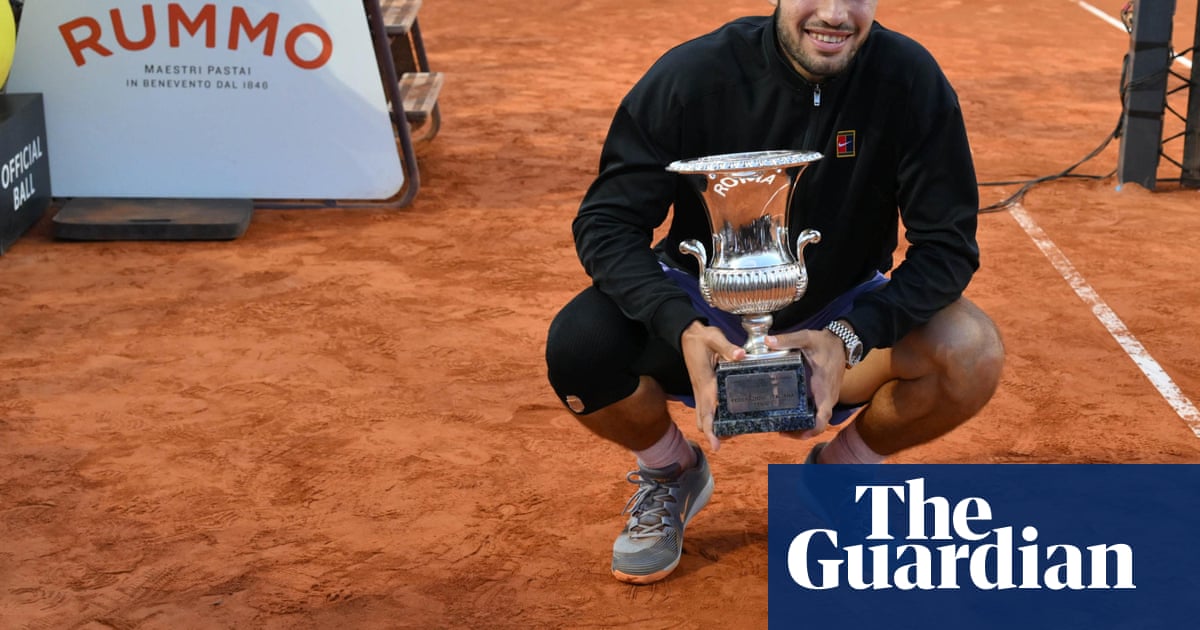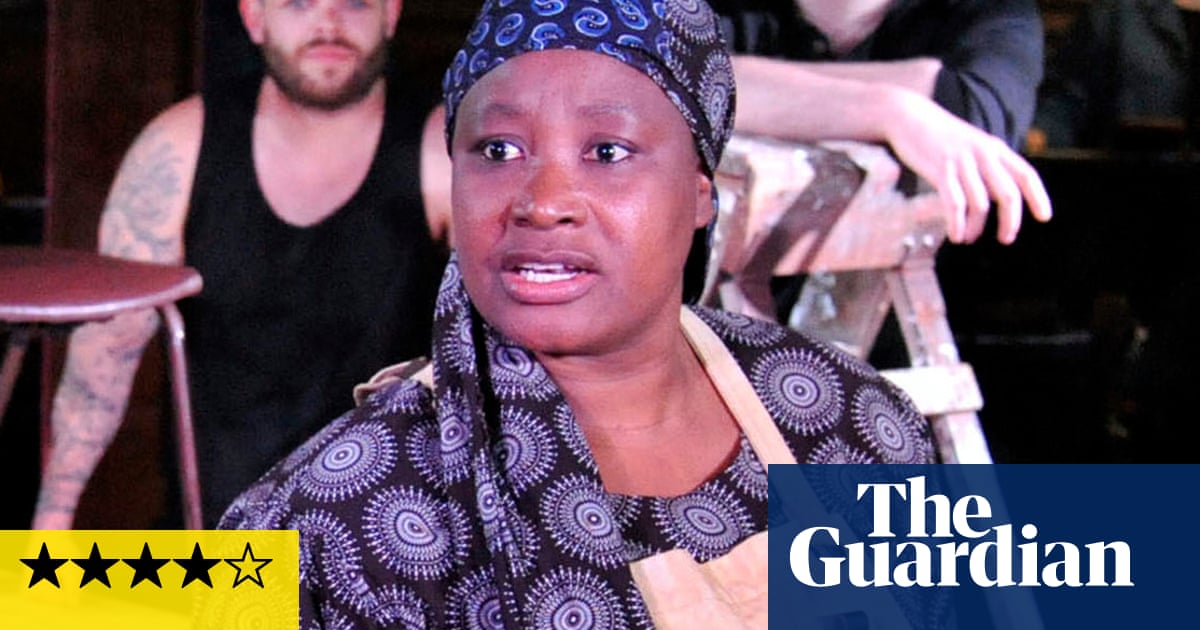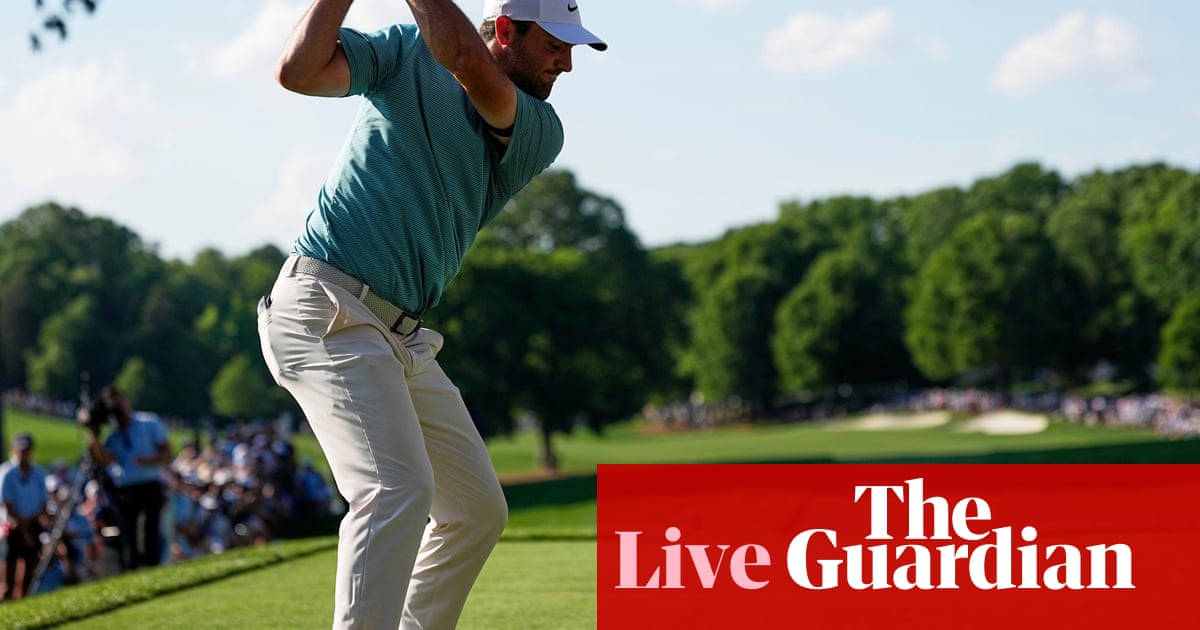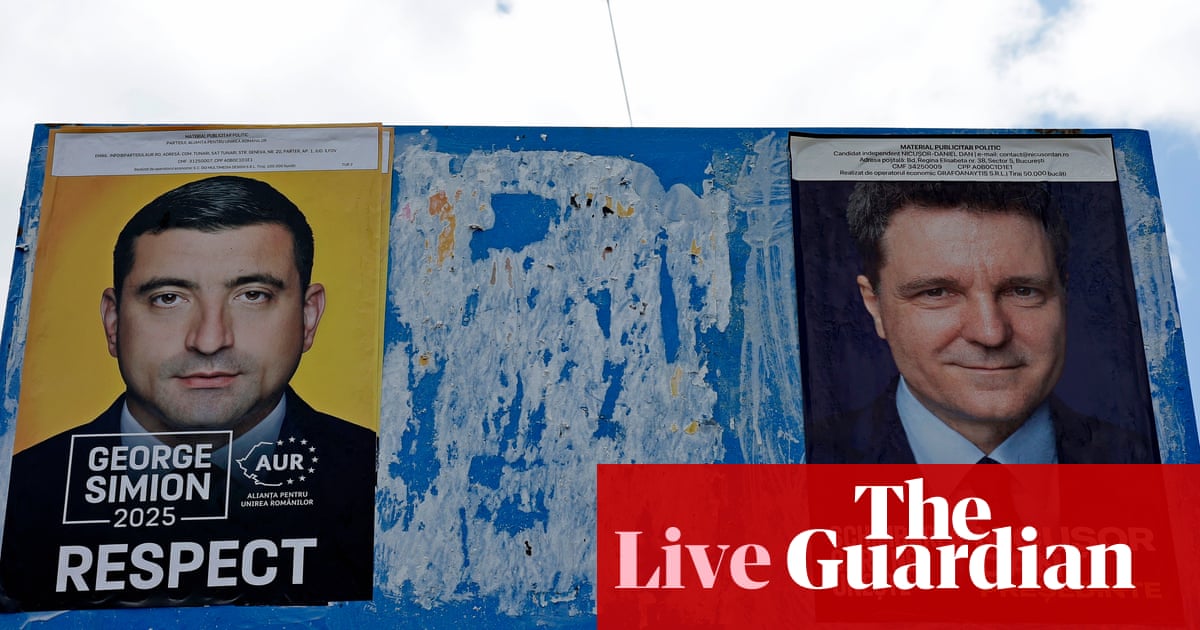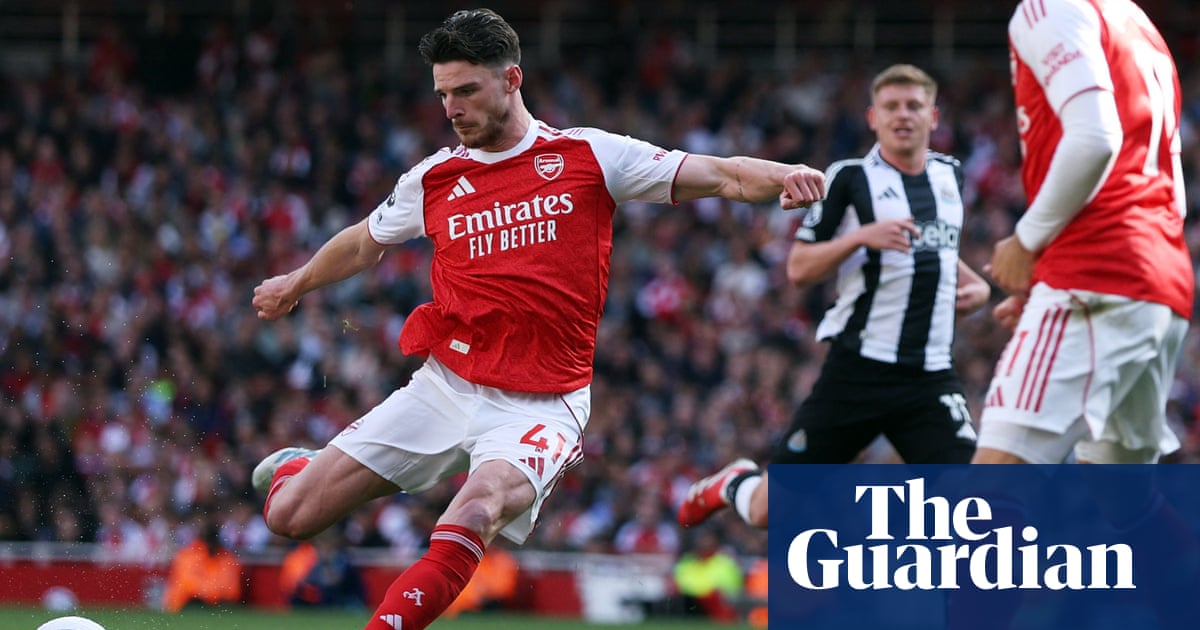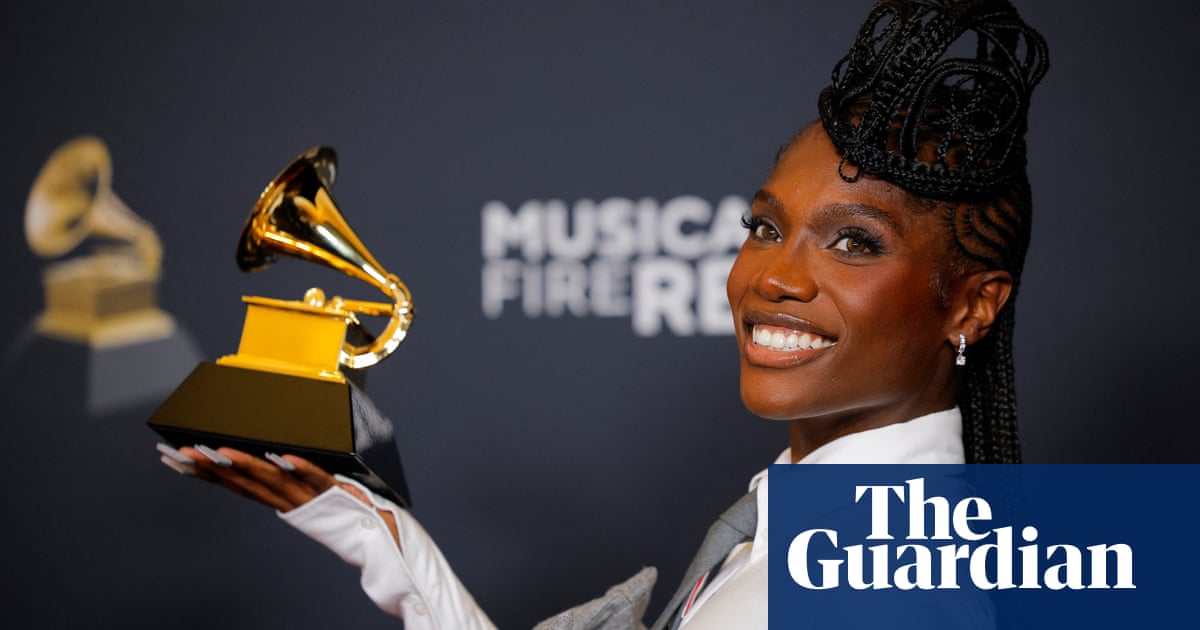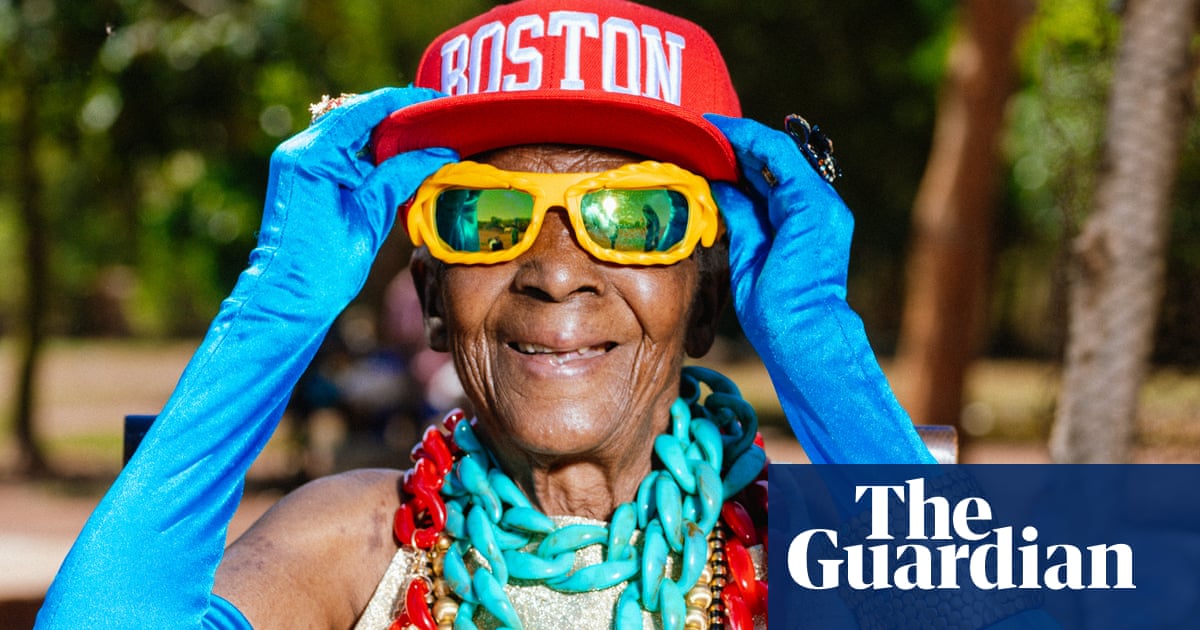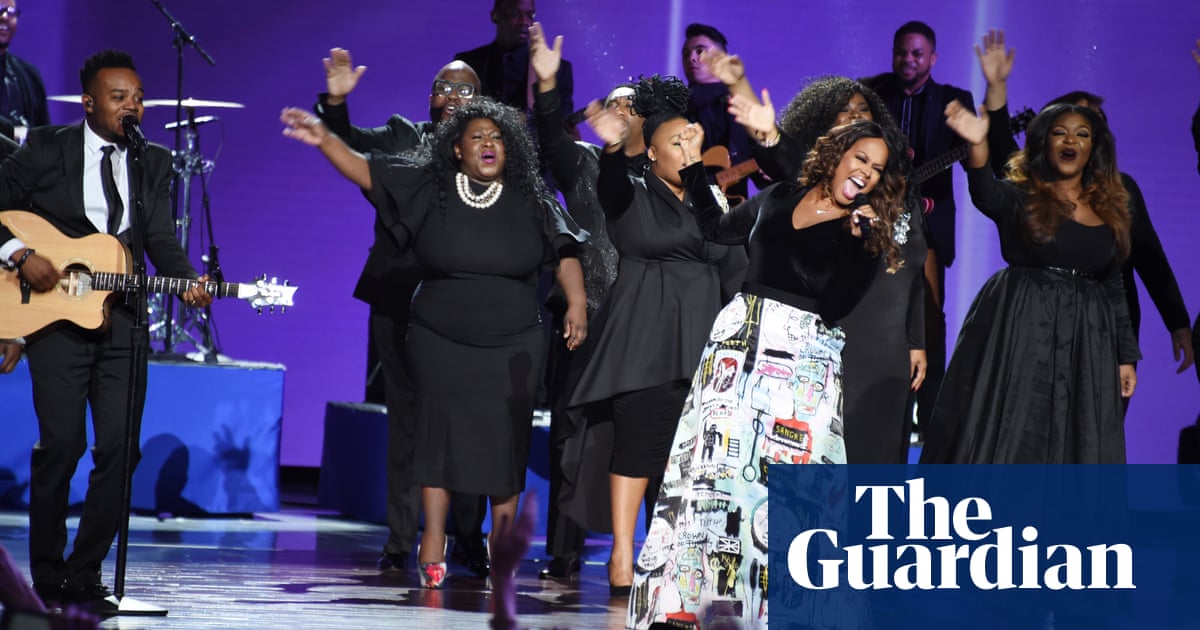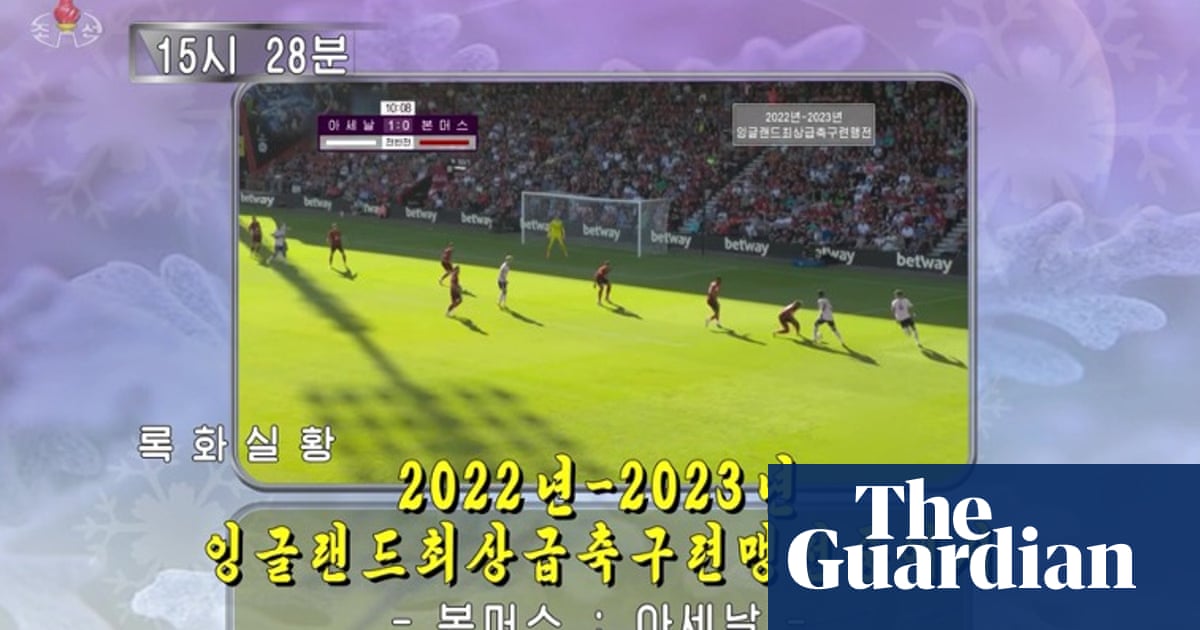Imagine the 1980 Miracle on Ice, but with the USA on the other side.
In this scenario, the US men’s hockey team aren’t a scrappy band of outmatched amateurs playing for the country perceived as the good guys in the cold war. The opponents aren’t an aloof, brutally effective Soviet Union team expected to steamroll their way to a gold medal just as their military were attempting to steamroll their way through Afghanistan.
The Concacaf Nations League isn’t the Olympics, and there’ll be no film starring Kurt Russell as Panamanian coach Thomas Christiansen inspiring his team to a geopolitically charged win over the Goliaths of the competition. But like the Soviet hockey team in 1980, the US men’s soccer team in 2025 is an easy team to dislike. And with a World Cup on home soil rapidly approaching, that’s a heavy cross to bear.
To use another analogy: In the 2026 World Cup, the US men might find themselves as disliked as Duke in men’s college basketball – if Duke had failed to get past the second round of the NCAA Tournament, lacked players as charismatic as Zion Williamson and Cooper Flagg, but did have designs on annexing every part of North America that doesn’t speak Spanish.
Teams attract support for a few different reasons, and the US men score poorly on all of them:
Underdog status. The US men had this in the past. In the 1990 and 1994 World Cups, a bunch of college kids and semi-professional players challenged the seasoned pros. They continued punching above their weight in the 2000s, upsetting Portugal in the 2002 World Cup, upending the balance of power in the region by beating Mexico in that same World Cup and several other occasions, then ending Spain’s 35-match unbeaten streak in the 2009 Confederations Cup final. But now, with a so-called “Golden Generation” of talent spread among elite clubs in Europe, they’ve traded the “underdog” label for “underachiever” – eliminated in the group stage at last year’s Copa América, and losers of two underwhelming games at the Nations League finals.
Brilliant play. We can, at least for now, rule this out.
Provincial identity. Philadelphia roots for the Eagles – maybe a bit too much. Boston gets behind the Red Sox. But such loyalties are shallower if the ties are more transient. In Washington DC, where a lot of people from elsewhere descend on the nation’s capital and its suburbs, fans from the “road” team are often numerous and noisy for the local teams. What happens to a team representing the United States if immigrants are feeling less welcome in the country? Or if the intelligentsia are watching their work dismissed and dismantled while some of their colleagues are swept off the streets to be detained and deported?
Personalities. US soccer players have long been marketable. In women’s soccer, from Mia Hamm’s heyday to that of Megan Rapinoe, players have been a constant presence in TV ads. Men’s soccer had its share of recognizable stars – Alexi Lalas had a goatee and a guitar, Landon Donovan projected California Zen and was even married to a TV star for a while. Today? The good news is that a lot of American kids are finally wearing soccer shirts. The bad news? They all say “Messi” on the back.
To an extent, the US men’s image has never recovered from Lalas’s blistering “tattooed millionaires” rant when the team was on its way to World Cup qualification failure in 2017. Much of the team has retired since then, but Lalas also singled out “Wonderboy” Christian Pulisic, who should be in his prime.
Lalas’s words resonated because the soccer community understood exactly what he was saying. In the past, US men had the excuse of being in a country that didn’t take the sport seriously and had scant opportunities for proper development outside the rough-and-tumble world of college soccer. By 2017, most of the US men’s team had experience in Europe, and many had been professionals since their mid-teens.
“You are a soccer generation that has been given everything,” Lalas said at the time. “You are a soccer generation who’s on the verge of squandering everything.”
Spending much of their careers in Europe adds to the perceived distance between players and supporters, especially because many of the players are breaking through in Italy’s Serie A, which has a tiny presence on US TV in comparison to the Premier League, which once boosted the image of players like Tim Howard, relentless target player Brian McBride and the preternaturally crafty Clint Dempsey.
Most of these circumstances are beyond the players’ control. Milan and Juventus have been better fits for US players than Chelsea and Leeds. The US team isn’t responsible for the US government – and in any case, if geopolitics alone determined fan loyalty, Washington Capitals fans wouldn’t be unabashedly cheering for their Russian star, Alex Ovechkin, to wrest the NHL career goalscoring record from Wayne Gretzky.
That said, the lack of an activist akin to Rapinoe or Julie Foudy hasn’t gone unnoticed. And the US fanbase isn’t shy about showing its disdain for players like Korbin Albert, whose negative attitude toward even the most performative LGBTQ allyship may find a sympathetic audience in parts of the White House but not down the street at Audi Field.
after newsletter promotion
And US players today don’t exactly come across as supporters of the proletariat.
In most countries whose players are well-compensated by professional clubs, national team pay is an afterthought. Kylian Mbappé gave away his bonus money for winning the 2018 World Cup. England players typically donate their international match fees, though the sums are not particularly significant in the first place.
Three years ago, US soccer teams reached a historic equal pay agreement by making sure both the men and the women would make quite a lot of money – 80-90% of the Fifa prize money the men and women accumulate at upcoming World Cups. They announced that deal soon after US Soccer president Cindy Cone barely survived a grassroots revolt in which state youth and adult organizers perceived that the federation no longer cared about the game outside the professional ranks. And the players didn’t make any grand gestures to smooth over relations with those grassroots organizers, all of whom are smart enough to know that it’s not just their personal fiefdoms at stake but also the USA’s ability to compete with countries that funnel much of their prize money back into developing the next generations to win it all once again.
US Soccer is only a generation and change removed from the days of their supporters being outnumbered at home matches. Games in California would draw massive support from Mexican fans. Games in Washington, where nearly every nation on the planet has some sort of diaspora, would often turn up crowds that were far from unanimous in supporting the home team. US Soccer wound up hosting World Cup qualifiers against Mexico in Columbus, Ohio, where the lower temperatures and lower diversity would give the USA a true “home” advantage.
Since then, the crowds on US soil have embraced teams that mixed scrappiness and skill to supplant Mexico as the regional power. They found players with whom to identify – journeyman Jay DeMerit fought through non-league English football to reach the national team, Donovan and Jozy Altidore came across as typical US teenagers, and Herculez Gomez was at the vanguard of a group of Mexican-American players who opted to represent the red, white and blue.
Today’s US players are commanding transfer fees and big salaries to move to Europe before anyone even knows who they are. Gomez is an ESPN commentator ripping the team’s lack of offensive effort.
And if the US men and their marketers want the country to rally behind them next year in what should be a landmark moment for the sport in North America, they’ll need to do something to connect with their supporters. Or at least beat Panama.

.png) 1 month ago
26
1 month ago
26
